Teaching Boxes
The Natural History Museum Teaching Boxes are available for teachers to check out from the museum to use in their classrooms.
They include hands-on materials and lesson ideas and are designed to supplement curriculum though hands-on learning with the use of museum resources. These boxes are most appropriate for grades 2–8 but can be easily modified for any age.
Call the museum to reserve and arrange a pick-up time. (707) 826-4479
TEACHING BOXES AVAILABLE
Amphibians & Reptiles
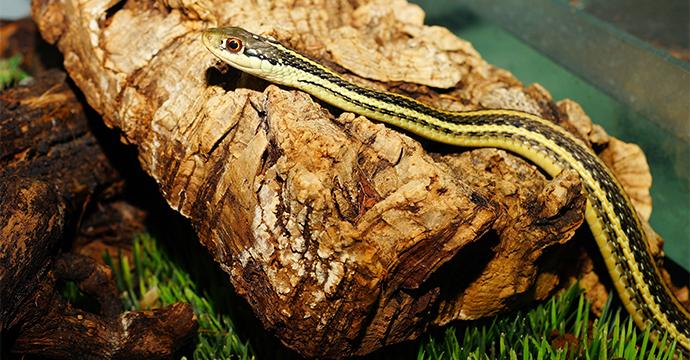
This box is full of amphibian and reptile replicas and a few interested specimens such as snake skin. Using this box students learn identifying characteristics of both amphibians and reptiles and compare and contrast these two large groups of animals. (Grade 1-6)
Rocks & Minerals
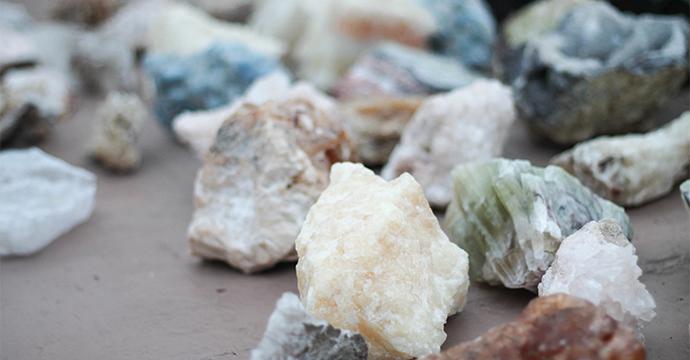
Students classify rocks and minerals based on their properties and how they are formed. In addition, they predict which items are made from minerals given hand-held examples. This box is heavy as there are several plastic tubs full of rocks. Each one is labelled and identified. (Grade 2-8)
Prehistoric People
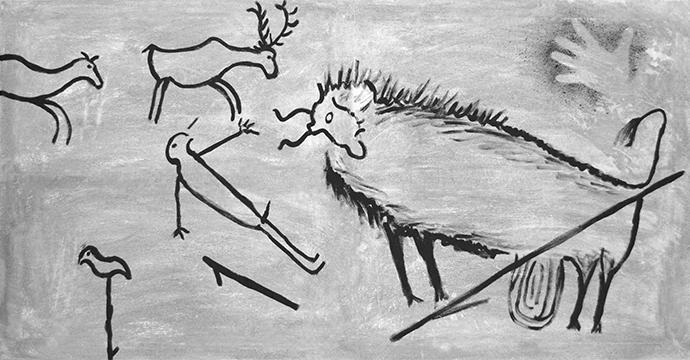
This box is full of artifacts that will delight anyone with an interest in prehistory. This box has stone axes, sickle blades, and spear points along with bones and teeth from extinct animals that lived alongside early peoples. Using printed information and artifacts students learn how early humans lived in the past and learn about some of the basics of archaeology. (Grades 3-8)
Birds

The main focus of this box is to have students learn what characteristics separate birds from other animals such as feathers and beaks. They learn how birds are adapted for survival and how certain birds are adapted to a particular niche. The box has different types of feathers, and various outfits to dress up as different types of birds. (Grades K-5)
Insects
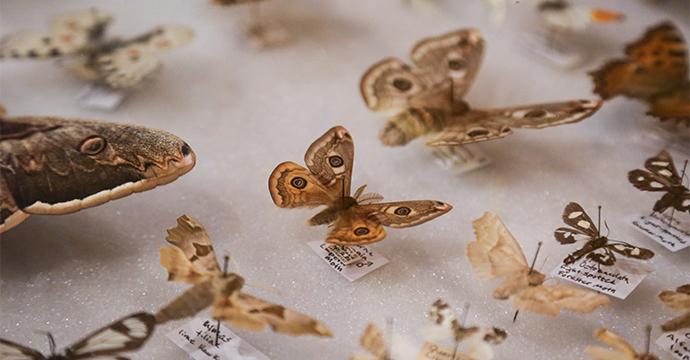
Using this box, students learn how to identify insects based on the characteristics they possess such as head, thorax, and six legs as well as the use of mimicry and camouflage. There are several preserved specimens as well as plastic models to use as learning aids. We even have costumes so students can dress up as insects! (Grades K-5)
Fossils
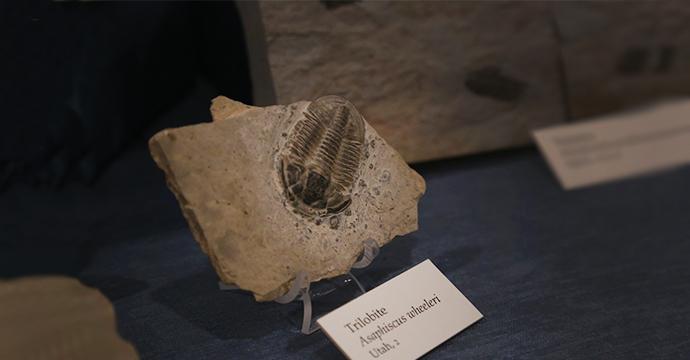
Students learn about fossils through the real deal in this box. There are several groups of fossils highlighted including plant fossils and marine fossils. The main activity has groups of students learn about extinct plants and animals, such as trilobites, as they draw them and compare them to more familiar modern living organisms. (Grades 2-8)
Secrets of the Redwood Forest
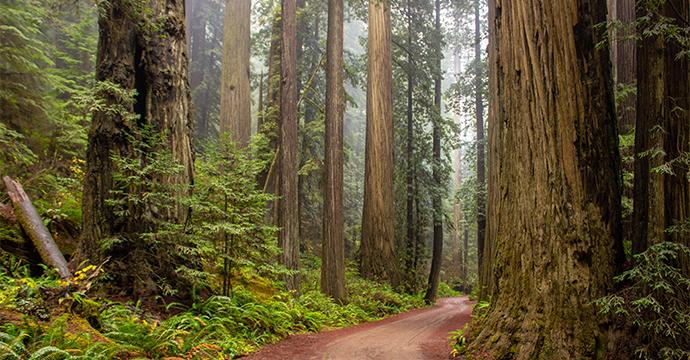
This box is designed to introduce students to redwood trees. They compare the differences between young and old trees and stretch out a string the length of the tallest tree. In addition, they learn about the characteristics of coast redwood and name the layers of tree trunk cross section. In addition, there are sets of common plants of the redwood forest and some of the latest children’s books to read about the canopy of the coast redwood. (Grades K-8)
What Can Fur Tell Us?
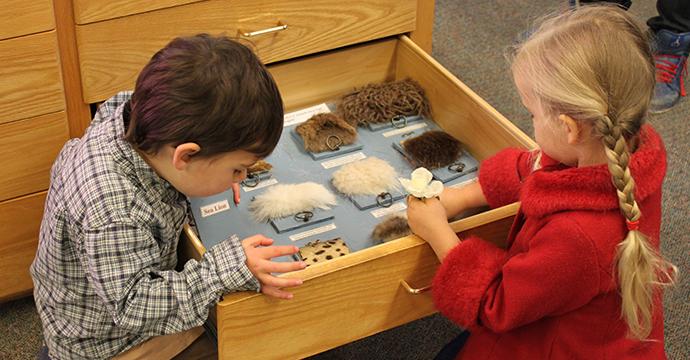
Students learn that hair or fur is unique to mammals. They match fury mammals to their habitats based on fur color, thickness, and other characteristics. Using this box students get to touch the fur of many different animals including wolf, polar bear, fox, and mountain goat. (Grades K-3)
Dreaming of Dinosaurs
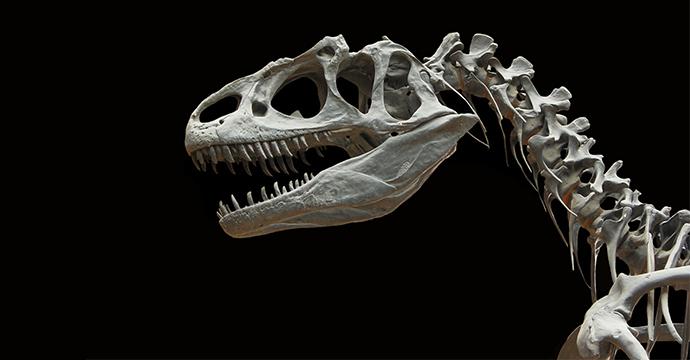
(Under construction) In this box students will learn about the geologic time when dinosaurs were the dominant group of animals to roam the Earth and the cause of their extinction. Activities are varied including inferring dinosaur diets, identifying myths relating to dinosaurs, and making the latest connections between birds and dinosaurs as well as a host of dinosaur coloring pages. (Grades K-6)
Climate Connections
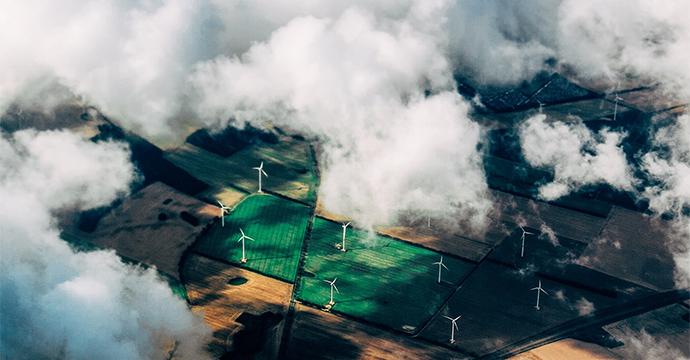
(Under construction) Students learn the main differences between weather and climate and look at various biomes found in California and the world. They record daily weather data using simple instruments and look at climatic trends over the last 150 years. Several activities relate to the water cycle, carbon cycle, ocean connections, and how people and natural resource managers can prepare for a changing world caused by climate change. (Grades 3-8)
Marine Science Teaching Boxes
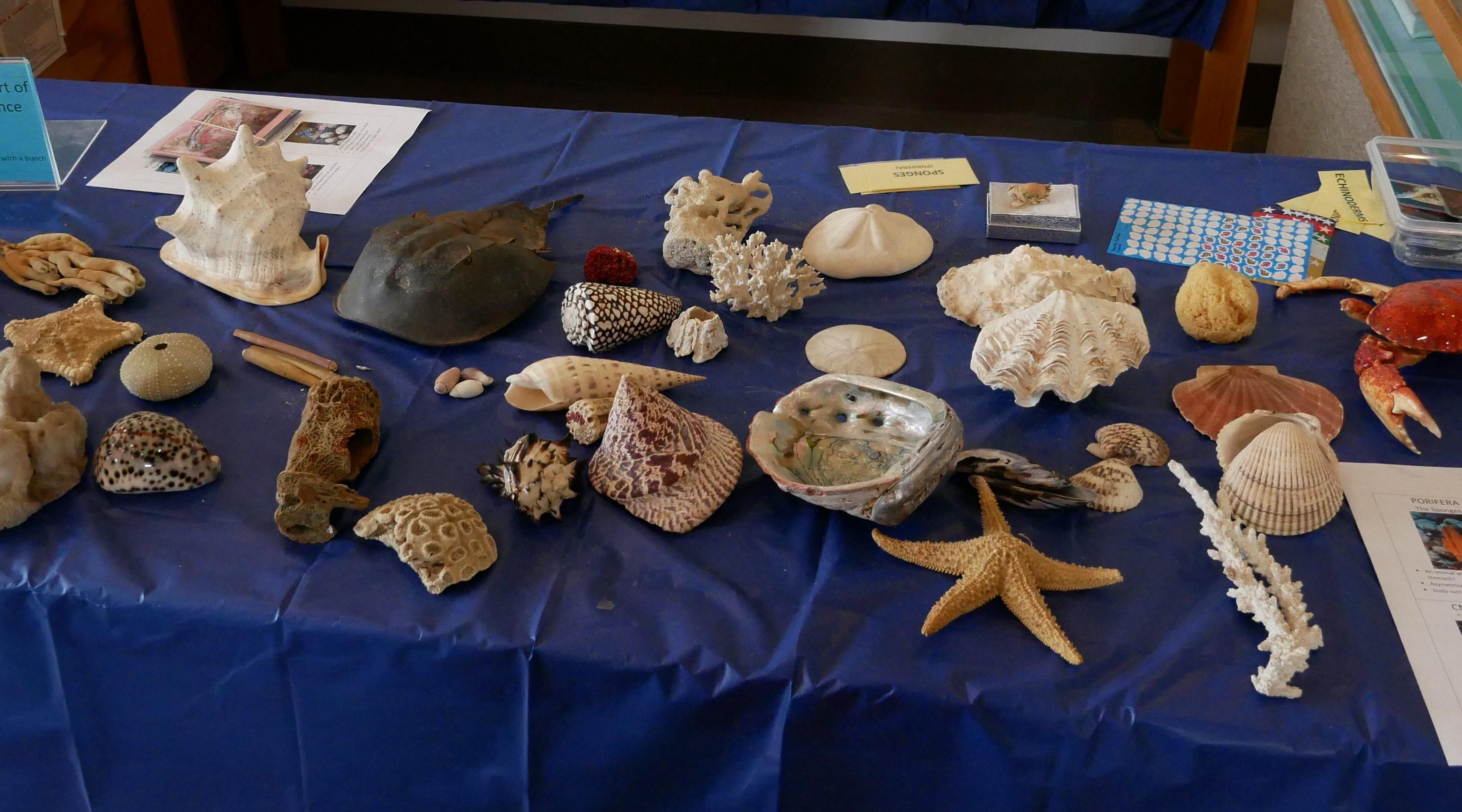
We have a set of marine science teaching boxes in the works that will be ready for check-out soon. Including one with a Grades K-4 focus on Marine Mammals and Fish and another with a Grades 5-12 focus on Tidepools and Taxonomy.
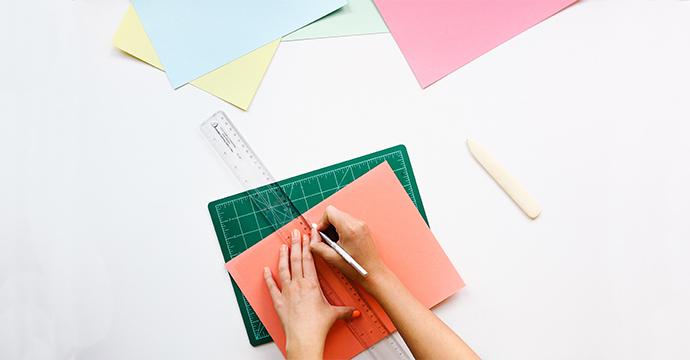
Engineering is Elementary Binders for check out: Find out more about what materials can be checked out


